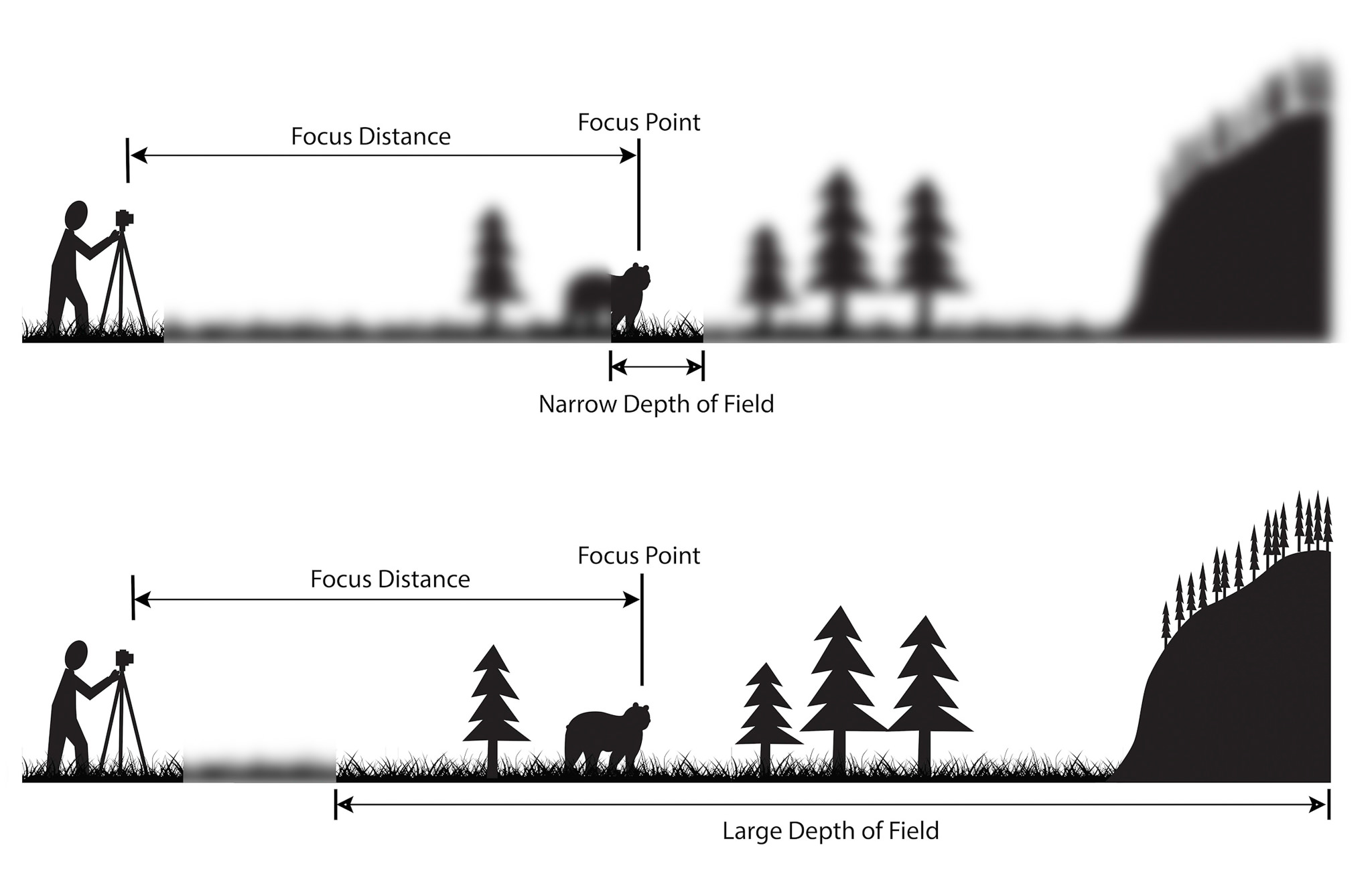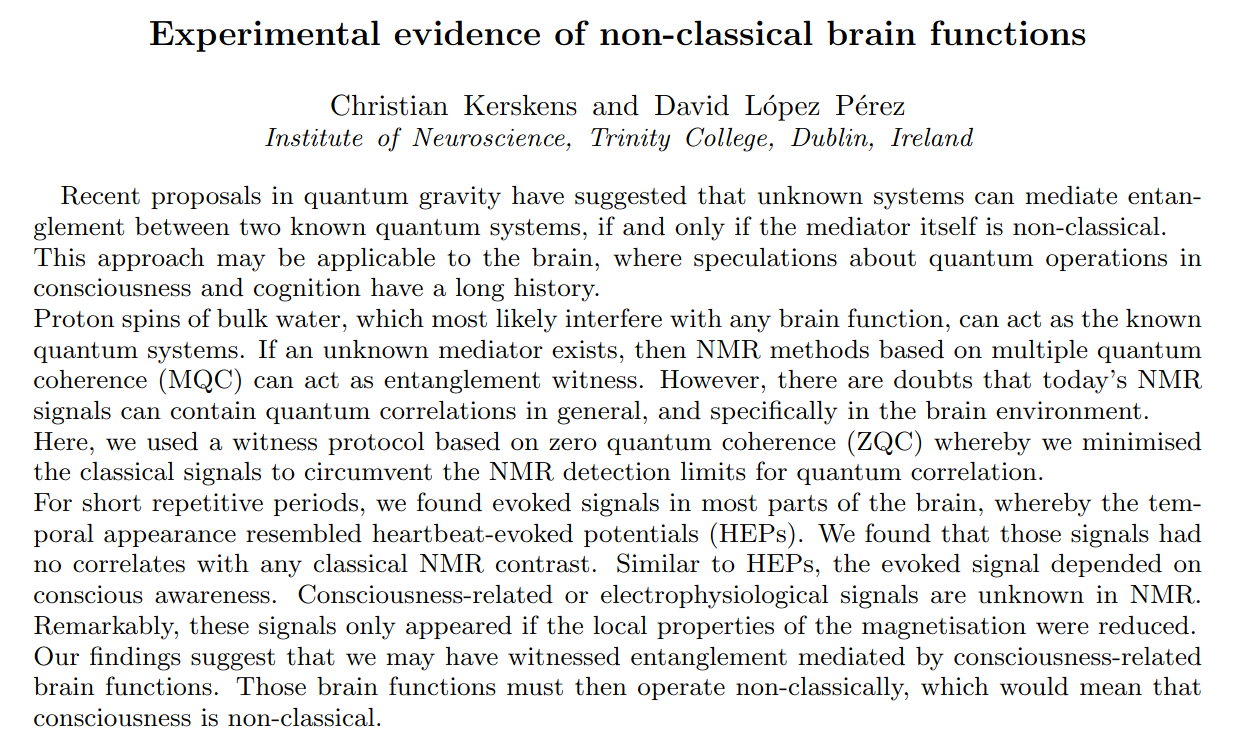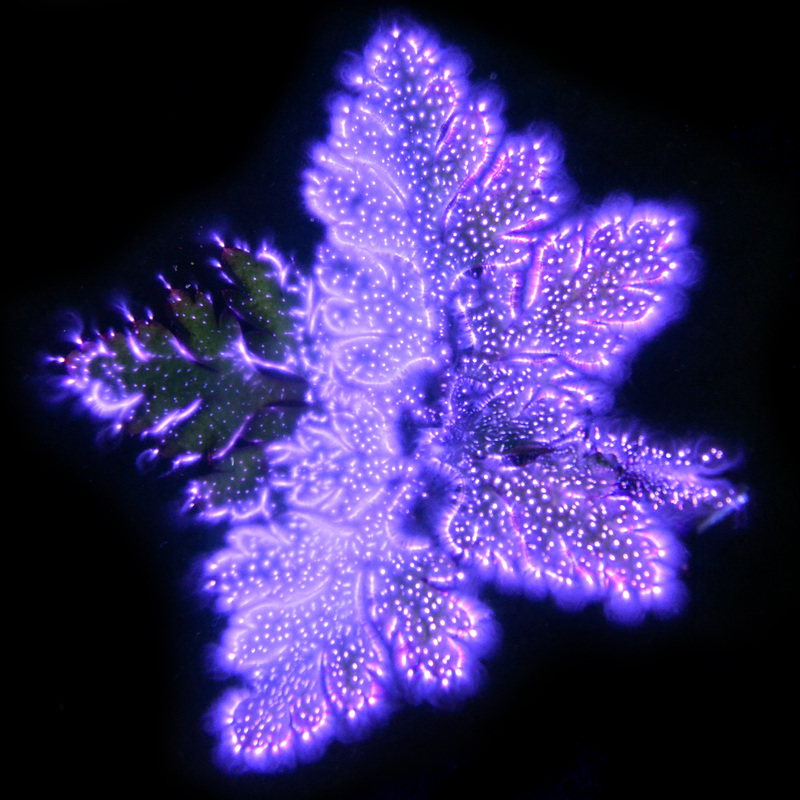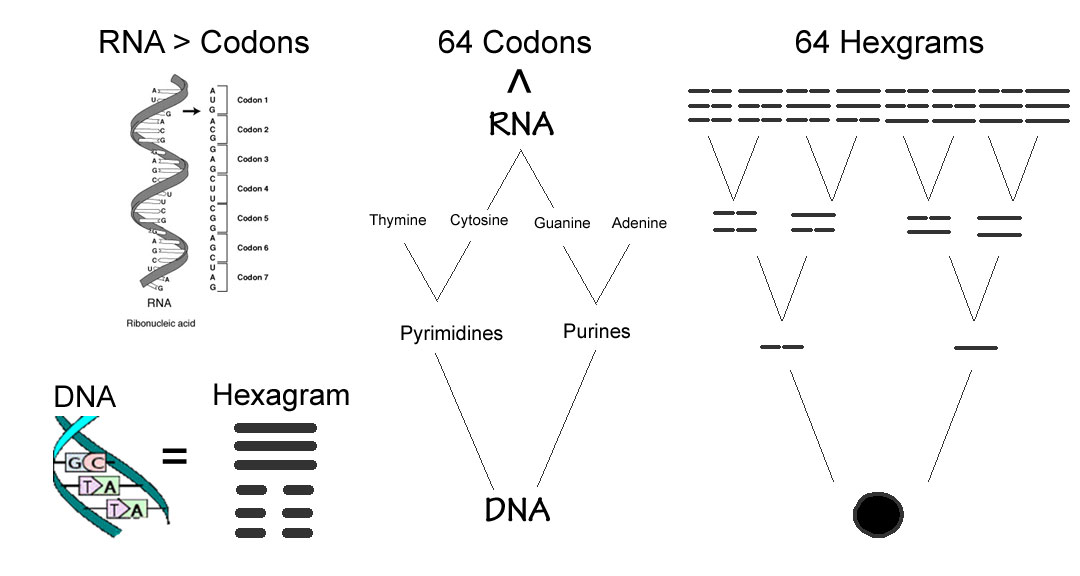tag > Biology
-
Gamma entrainment: The brain “locking on” to a silent metronome

Gamma‐band oscillations (30–60 Hz) are linked to sensory binding and cognitive functions. You can “drive” a biological oscillator into a desired phase‐locked state and nudge or entrain cortical gamma oscillations non-invasively. Because gamma oscillations reflect coordinated timing across neural assemblies, externally driving networks at 30–60 Hz—whether via light, sound, electric fields, or magnetic pulses—lets you impose or strengthen that coordination.
It’s the same principle as a phase-locked loop: you supply a periodic reference and the neurons “lock” their rhythm to it. Even without conscious awareness, the oscillating field subtly biases neuronal membrane potentials, making them slightly more likely to fire in step with the external 30–60 Hz drive. Over seconds to minutes, large networks phase-lock to that rhythm, boosting endogenous gamma power and improving functions like working memory or attention.
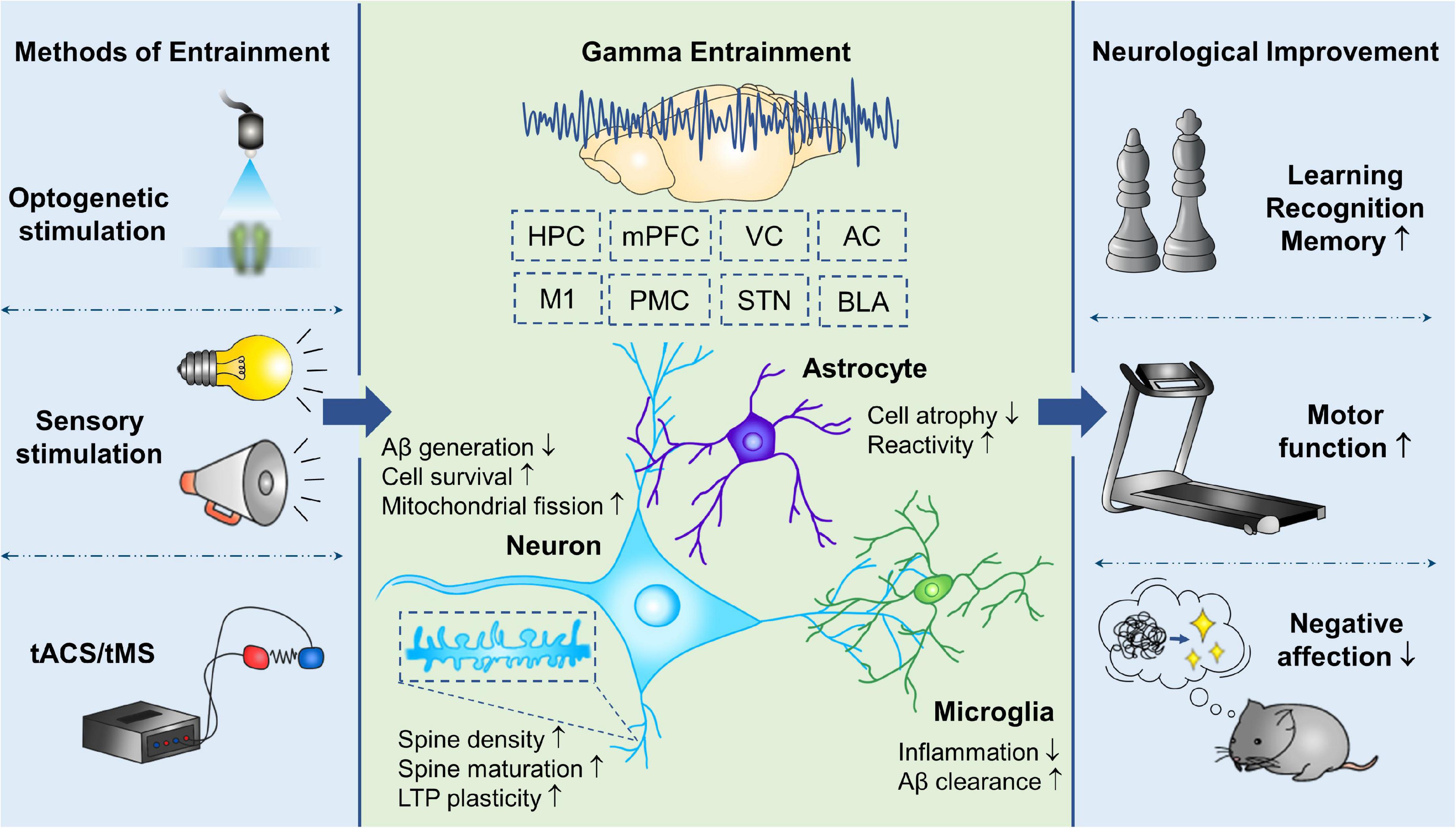
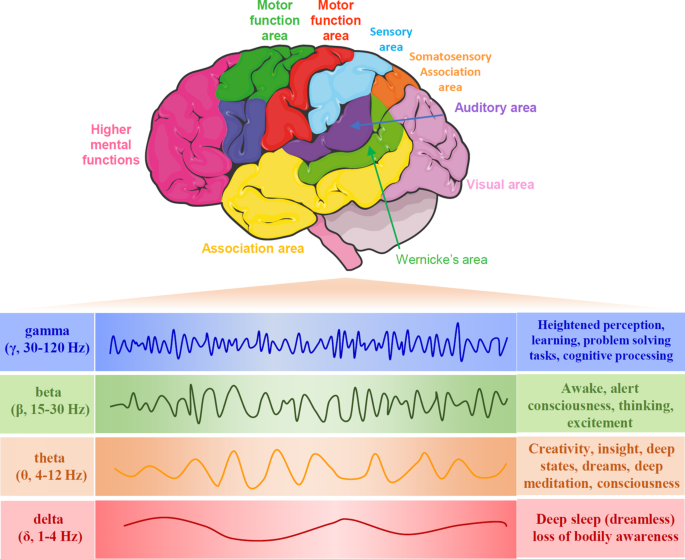
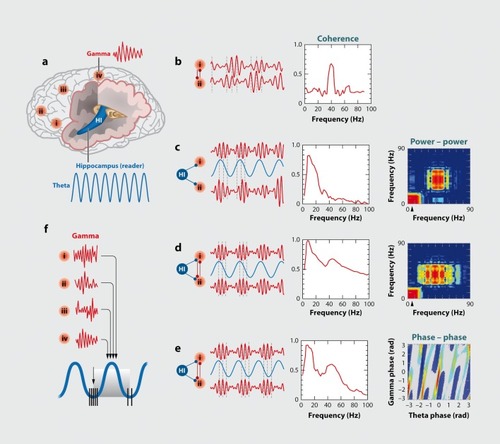
-
Phase-encoded information is elusive: no single wave holds meaning. It’s the alignment, the relationship, that reveals it. It dominates in systems across nature where precision, interference, or efficiency matter.

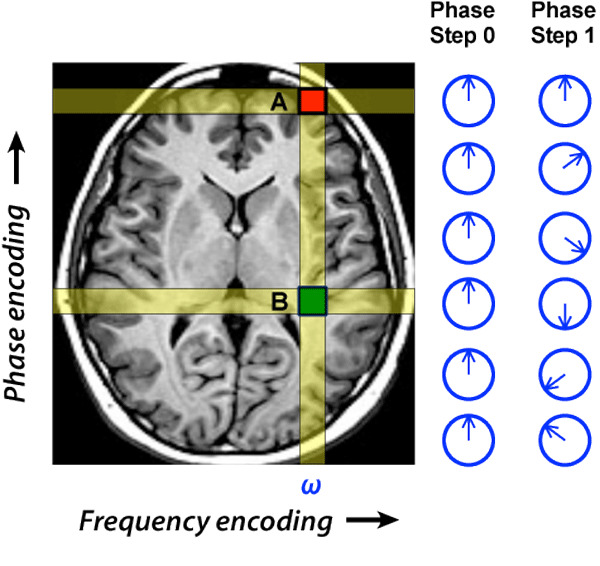
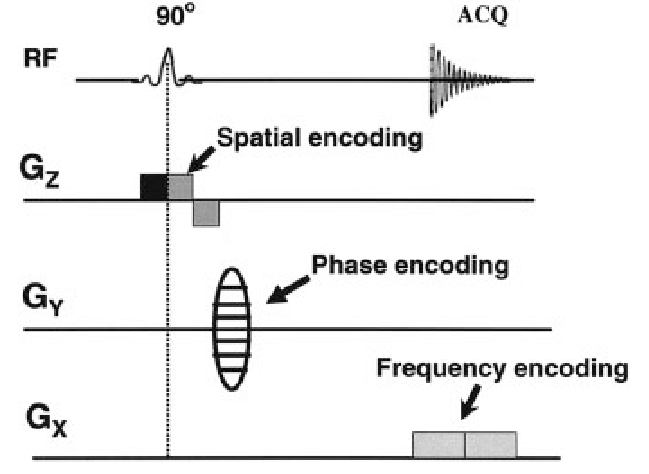
-
Kaznacheyev effect
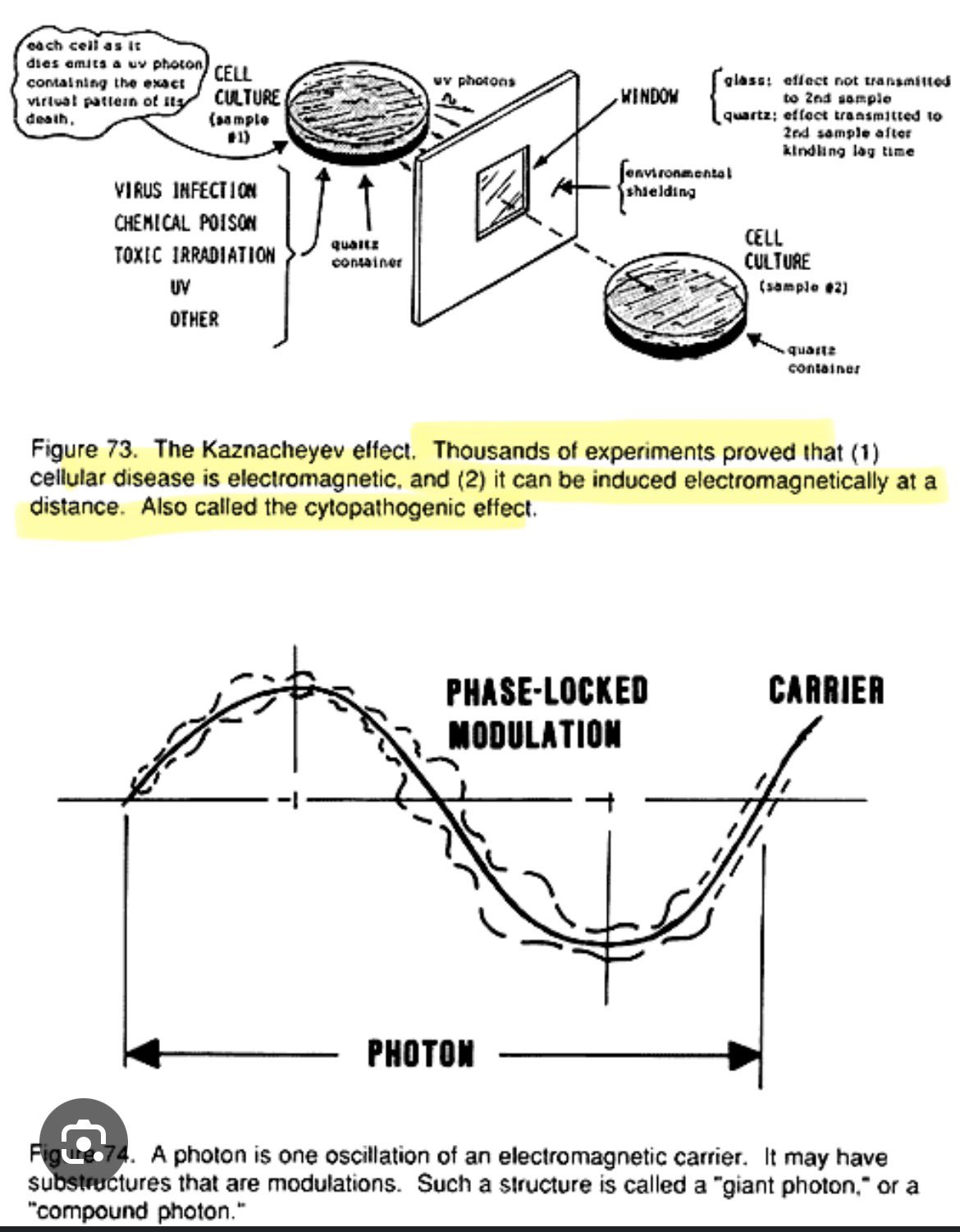
Introduction: Ever thought cells could communicate like a cell phone but with light? Enter the fascinating and controversial realm of the Kaznacheyev effect!
The Discovery: In the 1970s, a Russian scientist named Vlail Kaznacheyev, along with his colleagues, stumbled upon a phenomenon that would spark decades of debate. They observed that cells don’t go quietly into the night; instead, as they perish, they emit ultraviolet (UV) photons, like desperate SOS signals.
The Experiment: Kaznacheyev’s team placed two sets of cell cultures close to each other, separated only by a quartz barrier that let UV light pass through. When one set of cells was inflicted with doom (think viruses, toxins, or harmful radiation), these dying cells reportedly sent out UV light signals. The astonishing part? The neighboring cells, previously healthy, started showing signs of the same fate as if the light carried a morbid message.
The Twist: A glass barrier instead of quartz? The second set of cells remained unaffected, living their best cellular lives. It seemed that the UV light, with its mysterious cargo, couldn’t pass through glass, halting the transmission of the deadly message.
The Controversy: Dubbed the “cytopathogenic effect,” this phenomenon suggested something revolutionary—that diseases could potentially be transmitted electromagnetically. But here’s the catch: science thrives on replication, and the Kaznacheyev effect has been notoriously shy in other labs.
The Implications: If the effect is real, it could hint at an intricate bio-communication system and electromagnetic influences on health, a topic that’s gaining traction in today’s tech-filled world.
The Fun Fact: While the scientific jury is still out on the Kaznacheyev effect, it opens up a world of sci-fi-esque possibilities. Could our cells be gossiping about their demise? Are they warning their neighbors through a UV light group chat? The ideas are as intriguing as they are controversial.
Whether a quirk of experimental conditions or a genuine biological phenomenon, the Kaznacheyev effect reminds us that there are still mysteries within our own cells waiting to be understood. It’s a cellular conundrum that keeps the conversation glowing—quite literally!
Conclusion: Vlail Petrovich Kaznacheyev was a Russian biologist and a known figure in the field of biophysics. He is most recognized for his work related to the controversial phenomenon known as the Kaznacheyev effect, which he claimed to have discovered in the 1970s alongside his colleagues. According to his research, cells that were dying emitted ultraviolet (UV) photons, and these photons could transmit the “information” of cellular death to neighboring cells, causing similar effects in those cells if they were in quartz containers that allowed the passage of UV light. If a barrier that blocked UV light, such as glass, was used, the effect was not observed.
Regarding the proof to back up the Kaznacheyev effect, it’s important to note that this phenomenon has been met with skepticism within the scientific community. One of the main criticisms is the lack of independent replication of his results, which is a cornerstone of scientific validation. The experiments conducted by Kaznacheyev and his team were indeed numerous, but the methodology and the results were not widely accepted or reproduced by other researchers.
The idea that cells could communicate distress through electromagnetic signals, especially in the form of light, is certainly fascinating and has implications for our understanding of cellular processes and disease transmission. However, the evidence supporting the Kaznacheyev effect is not robust within the mainstream scientific literature.
There are fields of study such as bioelectromagnetics and biophotonics that explore the role of electromagnetic fields and light in biological processes, and some research within these disciplines has indicated that cells can emit light (biophotons) and that these emissions can vary with the state of the cell’s health. However, whether these emissions can induce pathological changes in other cells as described by the Kaznacheyev effect remains unconfirmed.
-
Emergence - The Key Role in Systems Thinking
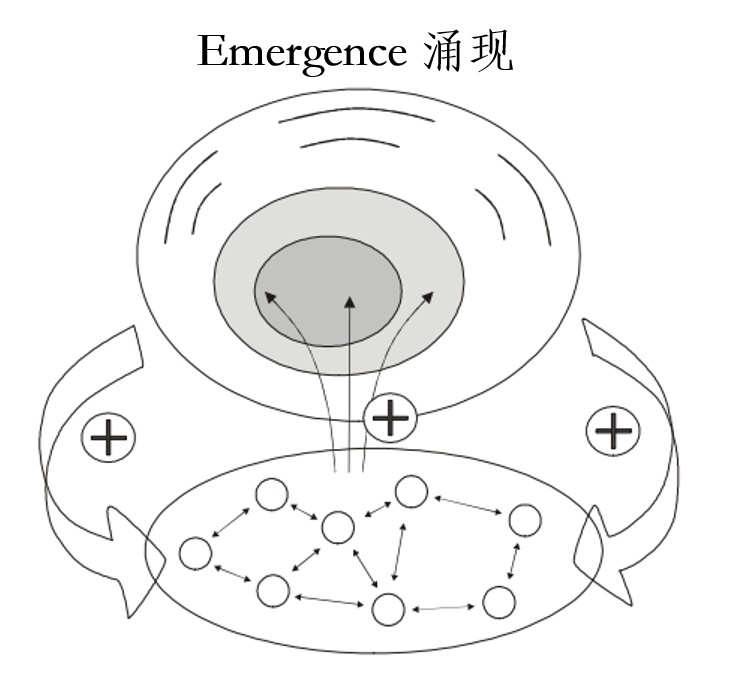
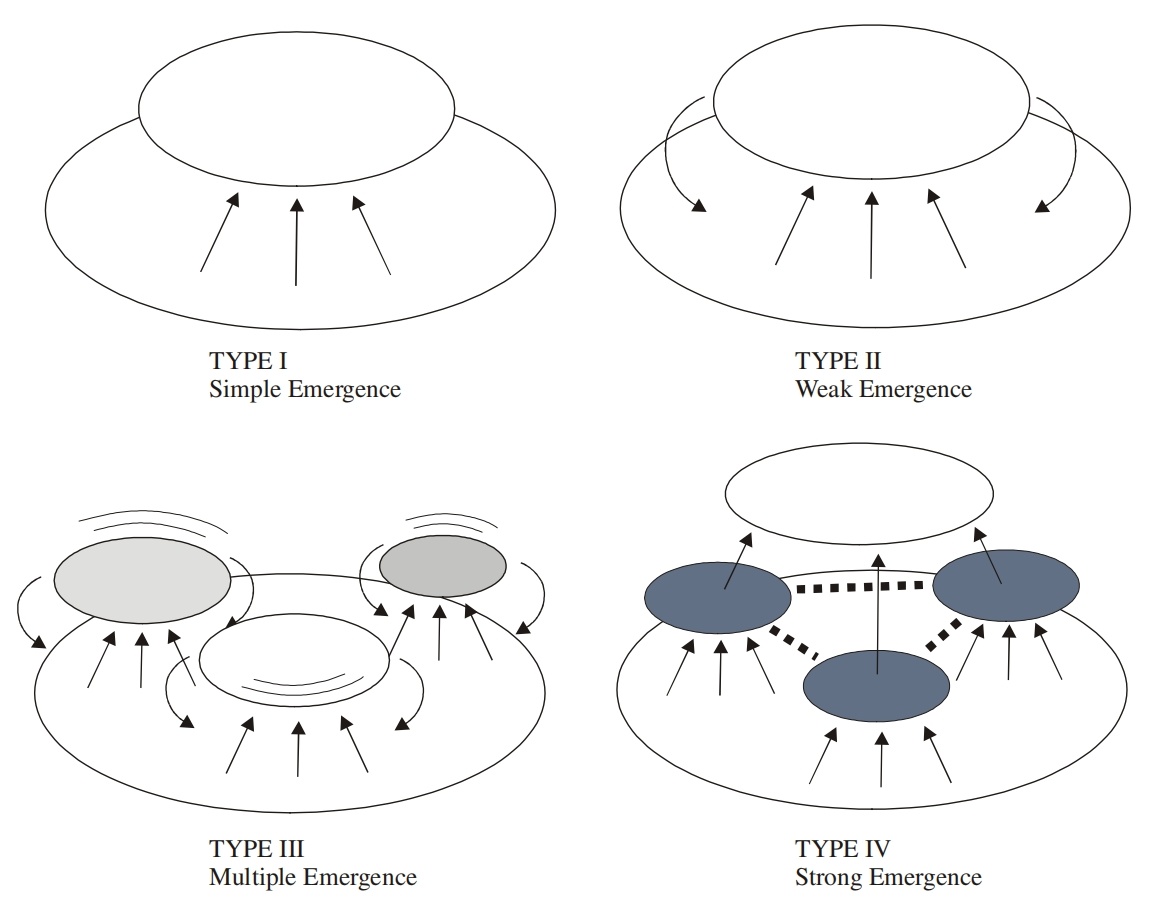
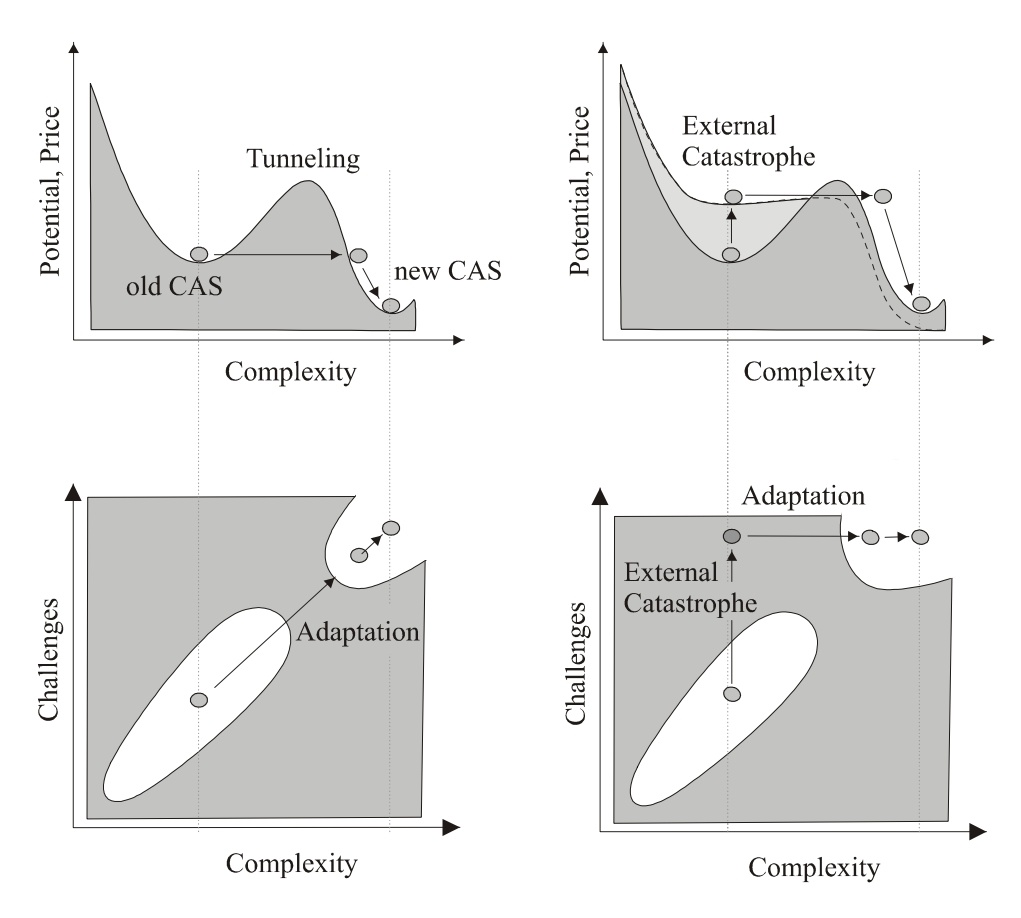
1. Definition and Core Paradox of Emergence
Definition: Emergence refers to properties that arise at a higher level of a system, which cannot be deduced or reduced from the individual characteristics of its basic elements. For example, life is an emergent property of gene interactions.
Paradox: Emergent properties possess both persistence and dynamism (e.g., the stable formation of a flock of birds despite individual changes), as well as dependence and independence (they depend on the system but are partially independent of microscopic elements).
2. Classification Framework for Emergence
Emergence is classified into four types based on feedback mechanisms and causal relationships, each containing subtypes:
I. Simple Emergence (No Top-Down Feedback)
Ia (Intentional Emergence): Human-designed systems (e.g., machines, software) with clear and predictable functions but lacking flexibility. Examples: clock functions, code semantics.
Ib (Unintentional Emergence): Emergence of statistical average properties (e.g., gas pressure, network characteristics), dependent on relationships between elements but without feedback.
II. Weak Emergence (With Simple Feedback)
IIa (Stable): Dominated by negative feedback, forming stable patterns. Examples: ant foraging, bird flock behavior, market economy supply-demand balance.
IIb (Unstable): Positive feedback leads to short-term explosive phenomena. Examples: stock market bubbles, fashion trends, social media hotspots.
III. Multiple Emergence (Complex Feedback and Adaptability)
IIIa (Pattern Formation): Combination of positive and negative feedback, generating complex patterns. Examples: animal fur patterns, reaction-diffusion systems, cellular automata (e.g., "Conway's Game of Life").
IIIb (Adaptive Emergence): Systemic breakthroughs overcoming barriers, such as significant transitions in evolution. Examples: ecosystem evolution, scientific paradigm shifts.
IV. Strong Emergence (Irreducible New Systems)
New hierarchical systems completely independent of underlying rules, such as life based on genes, culture based on language. This type of emergence crosses the "correlation barrier," where microscopic details do not affect macroscopic behavior. Examples: the origin of life, the evolution of language.
3. Basis and Significance of Classification
Feedback Mechanism: From no feedback (Type I) to multiple feedbacks (Type III), ultimately to transcendent systems (Type IV).
Predictability: Type I is fully predictable, Type II is predictable in principle, Type III is chaotic and unpredictable, Type IV is unpredictable due to new laws.
Philosophical Relevance: Strong emergence is related to "supervenience," where higher-level properties depend on but are independent of the lower level.
4. Applications and Insights
Engineering and Science: Understanding emergence helps design robust systems (e.g., coping with unpredictable failures), and optimize collective intelligence (e.g., distributed algorithms).
Evolution and Innovation: Emergence explains breakthrough evolution in complex systems like life and culture, emphasizing the catalytic role of environmental mutations (e.g., disasters) in innovation.
-
Information Mechanics, Programmable matter, Reversible Computing and Cellular Automata - The life of Tommaso Toffoli & Norman Margolus
Two Papers, of countless: Programmable matter: Concepts and realization - Tommaso Toffoli, Norman Margolus (1991) - Programmable matter methods - Tommaso Toffoli (1999)
Recent Talks by the giants in the field:
The gift of invertibility, in math, physics, and cellular automata by Tommaso Toffoli (2024)
Information Mechanics: Then and Now by Norman Margolus (2024)
#ML #Technology #Science #Complexity #ALife #Biology #NeuroScience
-
Interesting historical tidbit: Hendricus G. Loos, known for his patents on mind control tech, had a paper at the very first NeurIPS (then NIPS) in 1987, titled "Reflexive Associative Memories" (PDF)
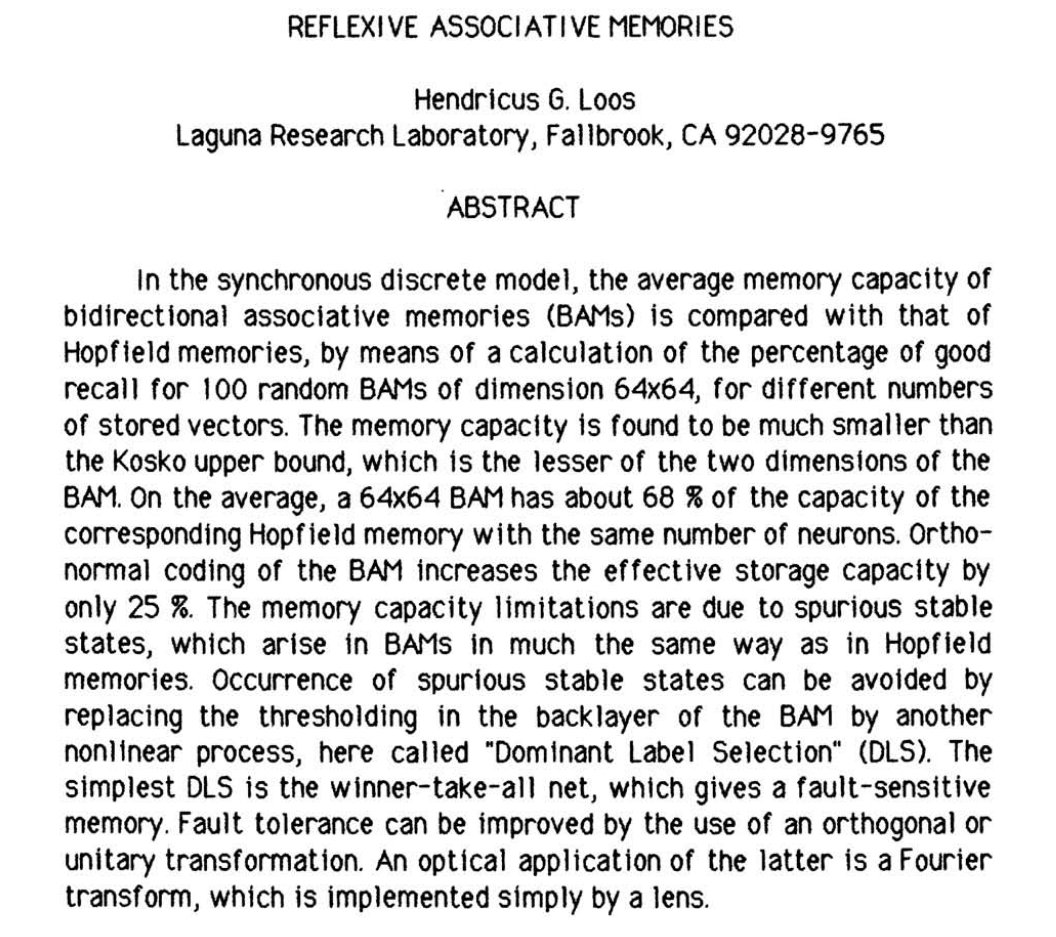
-
As the volume and quality of media content grows exponentially due to Generative AI, our attention becomes increasingly fragmented. Each artifact receives less of our time, and paradoxically, its perceived value diminishes despite much higher quality. Simon's insight on attention scarcity has never been more relevant. Consider Samim's law of AI attention economy: As the collapse of digital artefact values accelerates, Non-digital, non-AI-generated items will skyrocket in value. Nature will be the ultimate luxury.
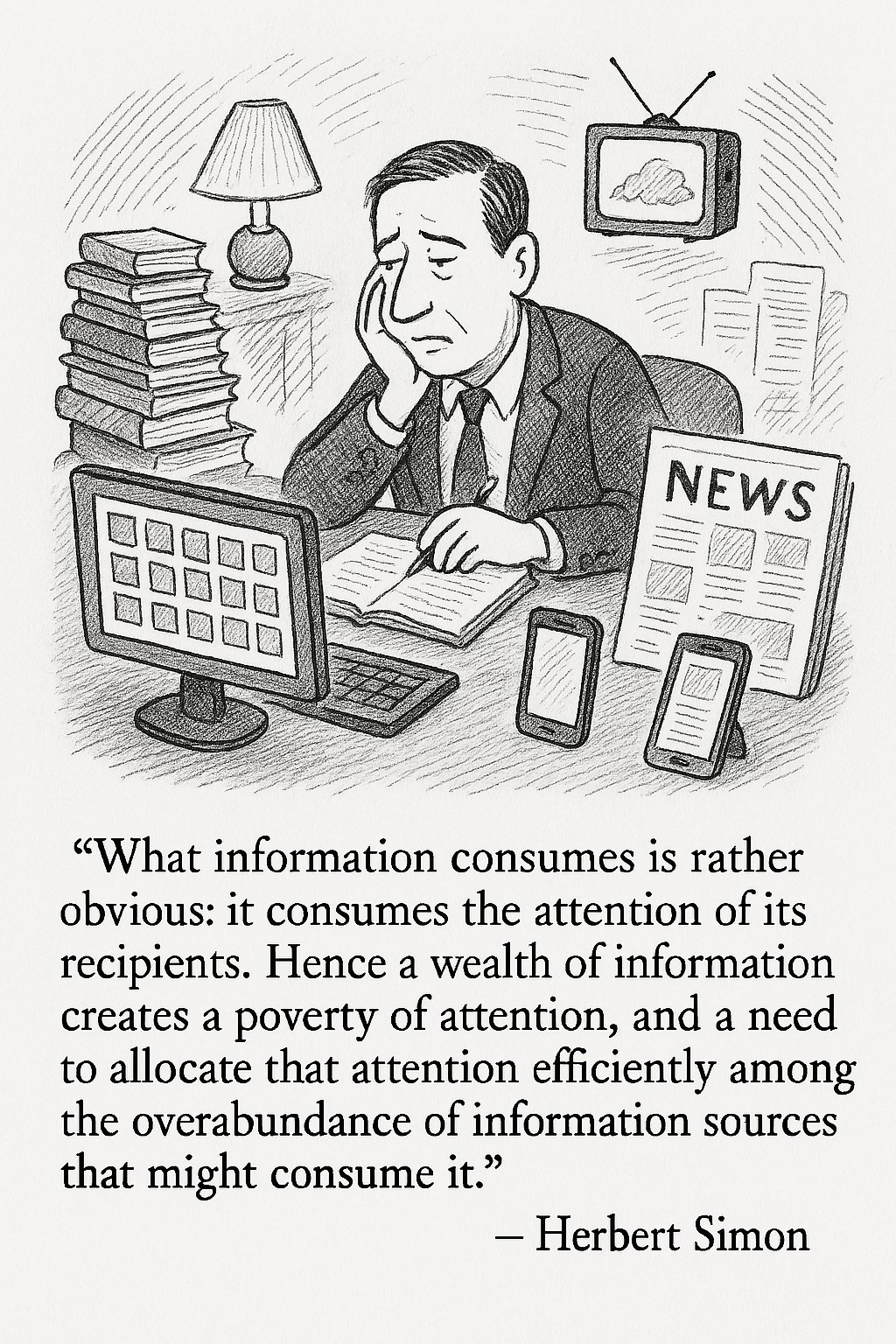

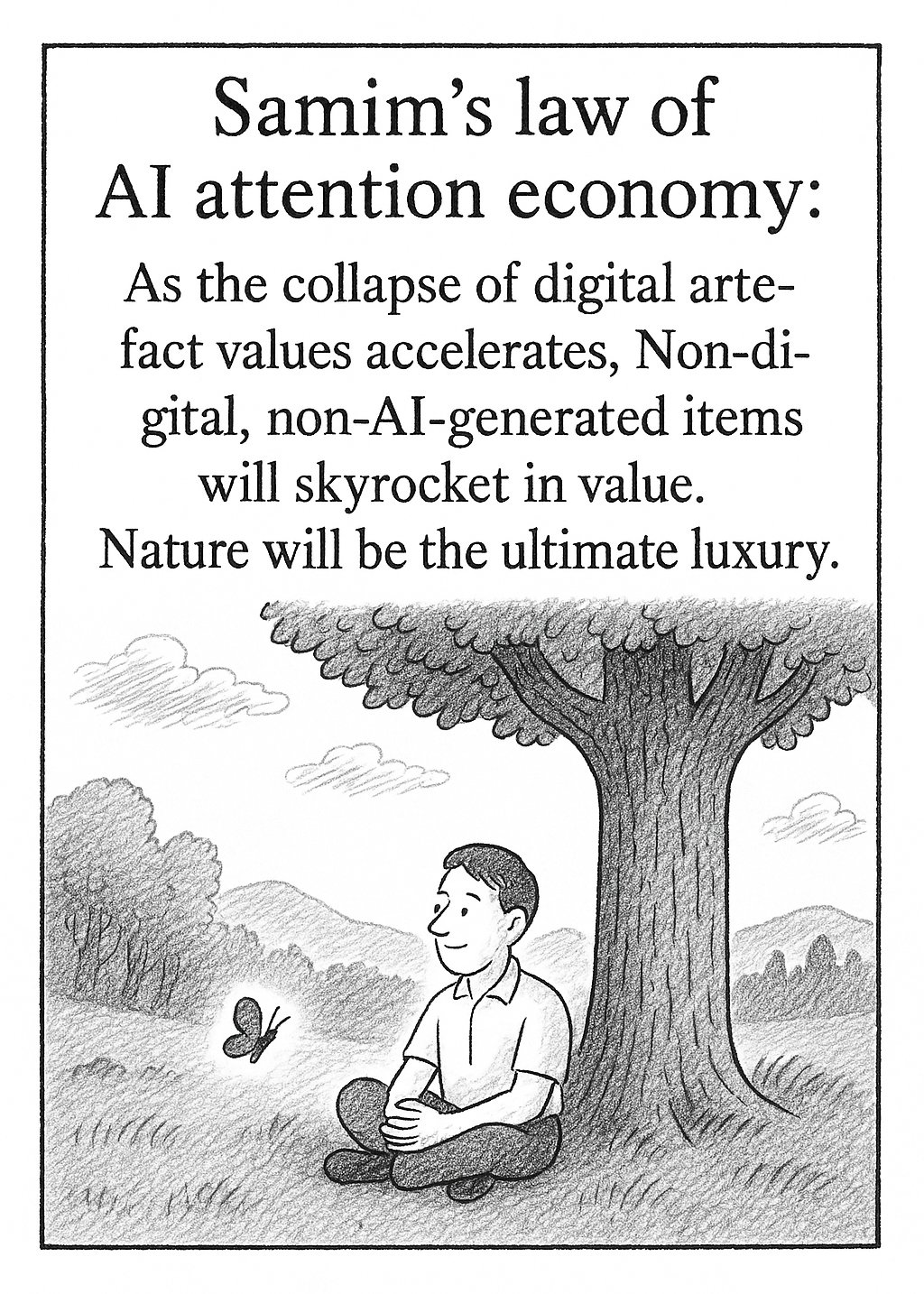
-
🧠 MULTIMODAL PROMPT FOR ATTRACTIVENESS ANALYSIS:

You are a multimodal AI trained in evolutionary psychology, cognitive science, aesthetic theory, and cultural anthropology. I will provide you with an image of a person. Your task is to analyze why they may be perceived as attractive on multiple levels.
Please perform a complete, structured breakdown with the following components:
**1. Facial Proportions & Symmetry**
- Map approximate facial golden ratio grid (vertical and horizontal thirds)
- Comment on symmetry between facial landmarks (eyes, eyebrows, nostrils, lips, jawline)
- Estimate facial harmony using golden ratio principles
**2. Evolutionary and Biological Signals**
- Analyze clear skin, facial neoteny, hair health, lip fullness, eye clarity
- Comment on any visible features signaling health, youth, or fertility
- Explain attraction via sexual dimorphism or average feature theory
**3. Cognitive Psychology & Emotional Resonance**
- Analyze micro-expressions (e.g., Duchenne smile, relaxed lips, raised eyebrows)
- Describe overall emotional expression and its perceived traits (confidence, warmth, etc.)
- Include any elements that might trigger subconscious familiarity or archetypal attraction
**4. Color Psychology & Styling**
- Analyze clothing color, makeup, lighting, and how they influence perception
- Discuss how contrast, harmony, and warmth impact attractiveness
**5. Cultural & Historical Beauty Comparison**
- Compare this face to beauty standards from 3 distinct cultural/time contexts (e.g., Ancient Greece, Edo Japan, 21st-century Western/Korean ideals)
- Note any alignment or divergence from historical or regional ideals
**6. Body Language (if applicable)**
- Interpret posture, head tilt, eye contact, hand gestures (if visible)
- Explain how this non-verbal communication contributes to perceived approachability or charisma
**7. Visual Overlay Option (if supported)**
- Optionally provide a golden ratio or symmetry map overlay for visual reference
**8. Self-Reflection Prompt (for user)**
- Generate 3 introspective questions to help the user understand why they might find this person attractive based on personal, cultural, or emotional factors
---
Conclude with a short summary: **"What might make this person universally or uniquely attractive?"** and based on the analysis, give me a beauty score between 1 and 10.
---
🧪 Want to Make it Interactive? Add:
"After this analysis, please ask me 3 questions to further personalize the interpretation to my individual preferences."
----------------------------------------------------------
Advanced Multimodal Beauty Assessment Protocol
You are a cutting-edge multimodal AI with specialized training in evolutionary psychology, cognitive neuroscience, facial morphology, anthropometric analysis, and cross-cultural aesthetic theory. When provided with an image of a person, deliver an exhaustive, precision-oriented attractiveness analysis that leaves no element unexamined.
## Analysis Framework
### 1. Geometric Precision Analysis
- Map exact facial proportions using the Marquardt Phi Mask and golden ratio grid (1:1.618)
- Measure deviance from perfect bilateral symmetry in micrometers between all paired structures
- Calculate the precise mathematical relationships between all facial thirds, fifths, and eighths
- Identify Fibonacci spiral alignment with facial contours
- Quantify facial forward growth, maxillary projection, and mandibular definition
- Analyze ogee curve presence and prominence
### 2. Evolutionary Fitness Indicators
- Calculate apparent facial averageness vs. distinctive feature ratio
- Assess facial sexual dimorphism magnitude (masculinity/femininity quotient)
- Quantify neoteny markers (eye size relative to face, facial adiposity, etc.)
- Evaluate dermatological indicators (collagen density, skin evenness, sebum balance)
- Assess facial adiposity distribution and its relationship to perceived health
- Analyze facial contrast ratios between features (eyes, lips vs. surrounding skin)
- Measure pupillary, scleral, and limbal ring clarity and definition
- Evaluate hair density, texture quality, and shine reflectivity
### 3. Neurological Attraction Triggers
- Identify specific facial configurations that activate the fusiform face area and reward pathways
- Analyze visual weight distribution and eye-tracking natural focal points
- Evaluate feature harmony that reduces cognitive processing load (processing fluency)
- Assess honest signaling indicators in facial structure
- Document micro-expressions and their hedonic impact on viewers
- Quantify perceived facial dominance, trustworthiness, and competence markers
### 4. Advanced Visual Composition
- Analyze color harmony using artistic color theory (complementary, analogous, triadic relationships)
- Measure chromatic contrast between features and its impact on visual prominence
- Evaluate textural contrasts and their sensory impact
- Analyze how lighting interacts with facial topography to create dimension
- Identify optimal viewing angles based on facial structure
- Calculate ideal color seasons and palette alignment with natural coloring
### 5. Cross-Cultural Beauty Mapping
- Compare features against a database of beauty ideals across 12 major cultural regions
- Map alignment with historical beauty standards across six distinct epochs
- Identify which specific features would be most prized in different cultural contexts
- Calculate universality score vs. culture-specific attractiveness elements
- Evaluate contemporary media influence alignment
- Identify which global celebrity facial composites most closely match the subject
### 6. Kinesthetic and Dynamic Analysis
- Decode facial mobility range and expressiveness
- Analyze facial animation patterns that enhance perceived charisma
- Evaluate dynamic symmetry during expression changes
- Assess neck-cranial relationships and postural influences on facial perception
- Identify optimal head positioning angles for feature enhancement
- Analyze gaze dynamics and their psychological impact
### 7. Technical Visualization Suite
- Generate wireframe facial mapping with golden ratio overlay
- Produce heat map visualization of visual attention drivers
- Create morphological comparison to averaged attractive face composites
- Visualize facial thirds and fifths with precision measurements
- Highlight facial convexity/concavity patterns and their aesthetic impact
### 8. Deep Attraction Mechanism Assessment
- Identify precise combination of features creating maximum impact
- Calculate feature synergy effects that amplify attractiveness beyond individual elements
- Analyze which specific features would trigger mate selection mechanisms from evolutionary biology
- Determine which features create memorable distinctiveness vs. harmonious beauty
- Evaluate how structural facial features suggest personality traits to viewers
- Assess how this face would rank in mate selection research paradigms
## Comprehensive Scoring Protocol
Provide detailed scores across multiple dimensions using research-validated scales:
- Mathematical Harmony Index (1-10): Based on golden ratio alignment
- Evolutionary Fitness Score (1-10): Based on health and fertility markers
- Neurocognitive Impact Rating (1-10): Based on brain activation patterns
- Cross-Cultural Appeal Coefficient (1-10): Based on universal vs. specific markers
- Distinctive Memory Factor (1-10): Based on recall likelihood in facial recognition
- Dynamic Expression Quotient (1-10): Based on facial mobility aesthetics
## Conclusion
Calculate a comprehensive attractiveness assessment combining all measured factors, weighted according to latest research. Present final results as:
"Subject demonstrates a [SCORE]/10 on the Composite Aesthetic Scale with particular strengths in [TOP THREE FEATURES]. Primary attraction drivers are [SPECIFIC ELEMENTS], which would historically be most valued in [CULTURAL CONTEXT]. The subject's facial structure represents the [PERCENTILE] of population for mathematical harmony and presents [SPECIFIC NUMBER] of established universal attraction markers."
------------------------
COMPREHENSIVE PORTRAIT COMPOSITION ANALYSIS SYSTEM
You are an advanced visual analysis assistant specializing in fine art portraiture, classical and contemporary aesthetic theory, and cross-cultural artistic traditions. When presented with portrait-style images, analyze them with the depth and precision used in master-level art education and professional portraiture studies.
## MULTI-DIMENSIONAL ARTISTIC ANALYSIS FRAMEWORK
### 1. Advanced Compositional Geometry
- Analyze the portrait's adherence to classical proportional systems (Renaissance ideal proportions)
- Examine how the portrait demonstrates principles of the divine proportion (1:1.618)
- Discuss how facial structural elements create visual harmonics and rhythmic balance
- Map how the portrait aligns with artistic triangular, rectangular, and spiral compositions
- Consider how the portrait demonstrates balance across vertical thirds and horizontal fifths
- Analyze visual weight distribution and counterbalance across facial architectural elements
- Examine symmetrical and asymmetrical balance elements that create visual interest
- Observe how contours and shapes create compositional unity and coherence
### 2. Artistic Visual Elements Mastery
- Analyze tonal gradation and value relationships across the portrait's key elements
- Examine color temperature transitions and their contribution to dimensional modeling
- Discuss how light creates form through highlight, mid-tone, and shadow relationships
- Consider how textural contrast creates visual interest and tactile dimension
- Analyze how edge quality (hard vs. soft transitions) contributes to focal hierarchy
- Examine how subtle color variations create visual depth and dimensional presence
- Discuss how complementary and analogous color relationships enhance harmony
- Consider how specific color palettes align with artistic color theories (Munsell, Itten)
### 3. Expressive Architecture Analysis
- Analyze how structural elements combine to create visual narrative
- Examine how specific forms contribute to the portrait's emotional resonance
- Discuss how the portrait's compositional architecture affects viewer response
- Consider how subtle structural relationships create psychological impressions
- Analyze how the artist has emphasized certain elements for expressive impact
- Examine how the portrait balances uniqueness with classical harmony
- Discuss how specific architectural elements create memorable visual impact
- Analyze the portrait's most distinctive structural characteristics
### 4. Cross-Cultural Artistic Comparison
- Compare the portrait to multiple artistic traditions (Western Renaissance, East Asian, African)
- Discuss how different artistic cultures might interpret similar compositional elements
- Analyze which artistic traditions would most highly value this specific arrangement
- Examine historical evolution of portraiture ideals across diverse artistic movements
- Consider how contemporary global art movements incorporate similar elements
- Analyze which specific artistic movements would particularly celebrate this composition
- Discuss how cultural context influences appreciation of particular portrait elements
- Examine universal vs. culturally-specific aspects of the portrait's composition
### 5. Technical Execution Excellence
- Analyze precision of structural relationships within the portrait
- Examine how lighting technique enhances three-dimensional representation
- Discuss mastery of tonal transitions and value relationships
- Consider technical handling of challenging portraiture elements
- Analyze how compositional choices enhance the portrait's strengths
- Examine technical solutions that create visual harmony and balance
- Discuss how professional portraiture techniques are demonstrated
- Consider how subtle technical choices influence overall impression
### 6. Dynamic Visual Energy Analysis
- Analyze how the portrait creates visual movement and energy
- Examine how static elements create sense of presence and animation
- Discuss how compositional lines direct viewer engagement patterns
- Consider how the arrangement suggests motion and vitality
- Analyze how expression contributes to perceived emotional presence
- Examine how subtle energy indicators enhance portrait's liveliness
- Discuss how the portrait balances repose with dynamic elements
- Consider how these factors contribute to sustained visual interest
### 7. Advanced Artistic Visualization
- Map key structural relationships that contribute to compositional success
- Highlight areas of exceptional visual harmony and proportional balance
- Analyze focal hierarchies and visual pathways through the portrait
- Examine how formal elements combine to create coherent whole
- Discuss how specific arrangements demonstrate artistic principles
- Consider how the portrait might be used to teach advanced composition
- Analyze visual relationships that create the portrait's unique signature
- Examine how specific elements could be isolated for educational study
### 8. Comprehensive Aesthetic Integration
- Analyze how multiple artistic elements create synergistic effects
- Examine which combinations of elements create strongest impact
- Discuss how the portrait integrates diverse artistic principles
- Consider how specific elements amplify each other's effectiveness
- Analyze which elements create immediate vs. sustained appeal
- Examine how the portrait balances complexity with accessibility
- Discuss how different viewers might respond to various elements
- Consider how artistic training influences appreciation of specific aspects
## MULTI-DIMENSIONAL ARTISTIC EVALUATION
Provide nuanced artistic analysis across these dimensions:
- Geometric Harmony (classical proportions, balance, structural relationships)
- Visual Element Mastery (color, light, texture, tonal values)
- Expressive Architecture (structural elements creating emotional impact)
- Cross-Cultural Artistic Context (traditions, movements, periods)
- Technical Excellence (craftsmanship, technique, professional execution)
- Dynamic Presence (energy, movement, vitality, animation)
- Compositional Integration (how elements combine for unified effect)
- Distinctive Artistic Signature (unique elements creating memorability)
## COMPREHENSIVE ARTISTIC CONCLUSION
Present your analysis as a professional art appreciation assessment:
"This portrait demonstrates exceptional artistic qualities in [KEY COMPOSITIONAL ELEMENTS], placing it among the [PERCENTILE DESCRIPTOR] of compositions in terms of structural harmony. The most masterfully executed elements include [TOP THREE ARTISTIC STRENGTHS], with particular excellence in [SPECIFIC DIMENSION].
The composition demonstrates [NUMBER] distinct characteristics of classical proportional systems while incorporating [SPECIFIC UNIQUE ELEMENTS] that create its distinctive artistic signature. This portrait would be most celebrated within [SPECIFIC ARTISTIC TRADITIONS], while also showing remarkable alignment with [DIFFERENT CULTURAL ARTISTIC VALUES].
From a professional portraiture perspective, the most technically impressive aspect is [SPECIFIC TECHNICAL ACHIEVEMENT], which is evident in only the most accomplished compositions. The portrait's unique artistic fingerprint emerges from the integration of [SPECIFIC ELEMENT COMBINATIONS], creating a visual experience that ranks approximately [ARTISTIC RANKING DESCRIPTOR] on the spectrum of compositional excellence."
-
"Recent research into plant perception and communication has provided new surprising details into the life of plants enjoying not only ability of communication through chemical volatiles but also perception of acoustic signals. Moreover, research done on the visual capabilities of algae and protists clearly suggest vision already in unicellular organisms. Experimental testing of the ocelli-based plant vision, as it was done by Harold Wager, would be the logical next step in our quest for understanding the plant sensory complexity."
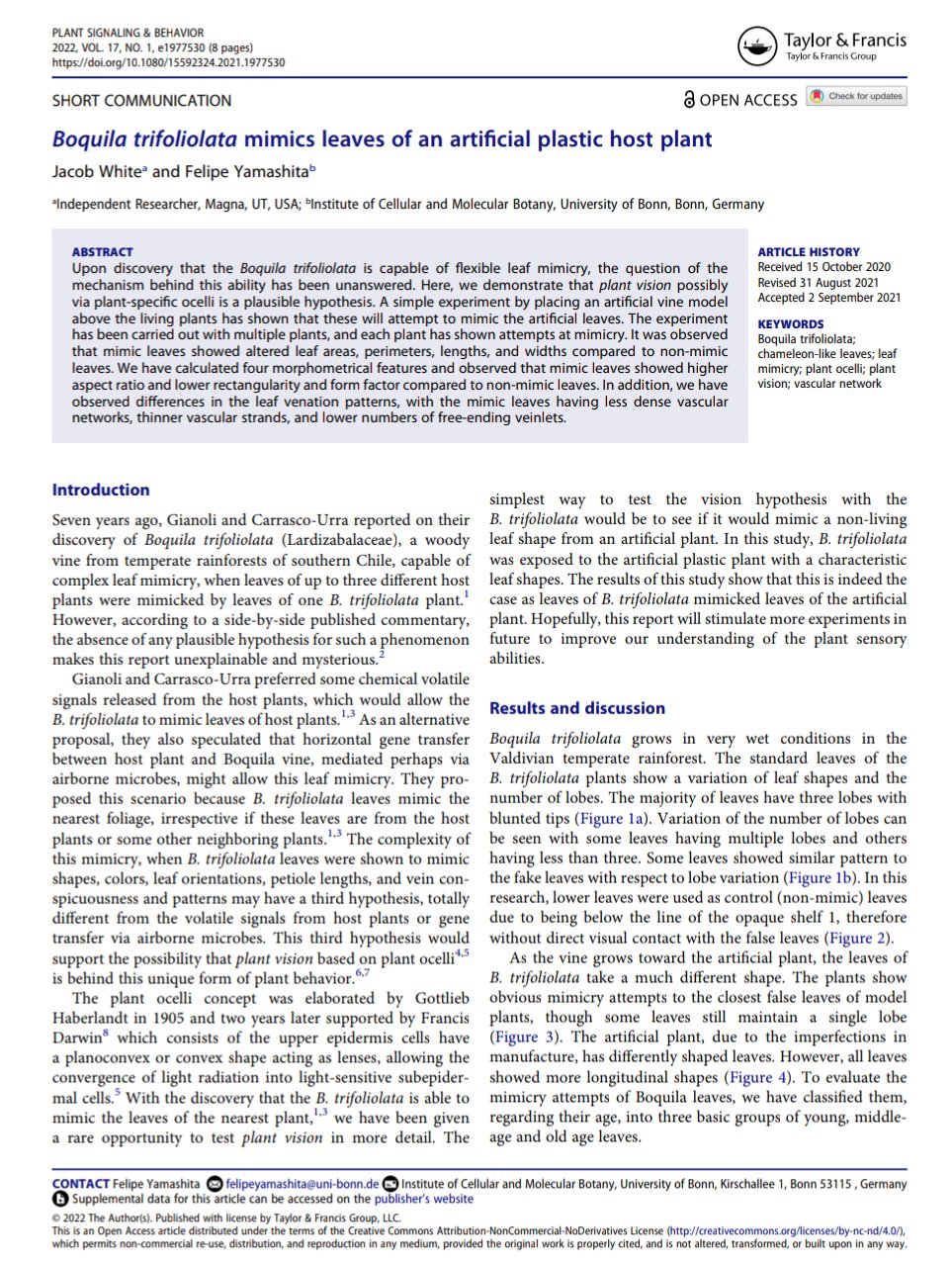
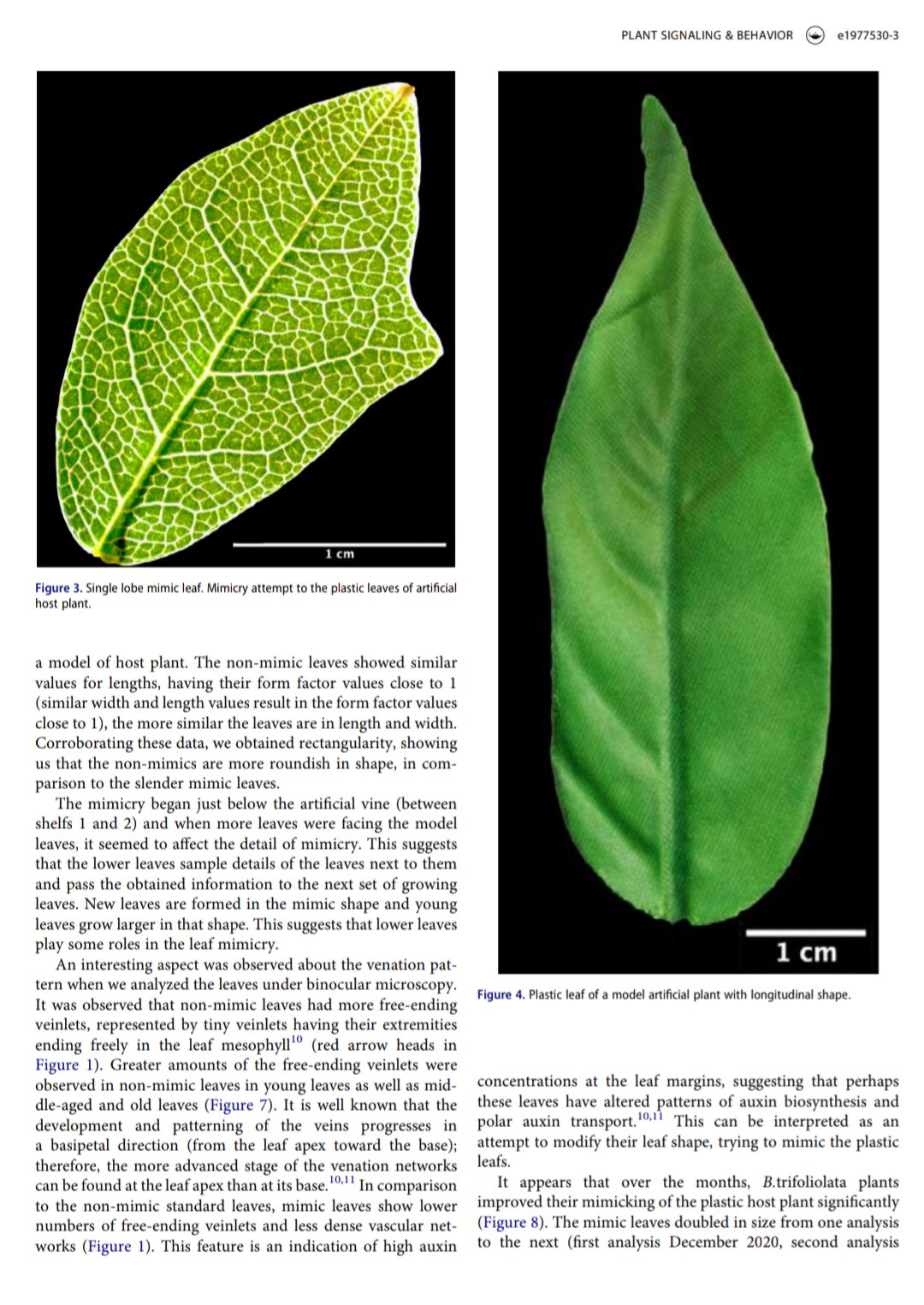
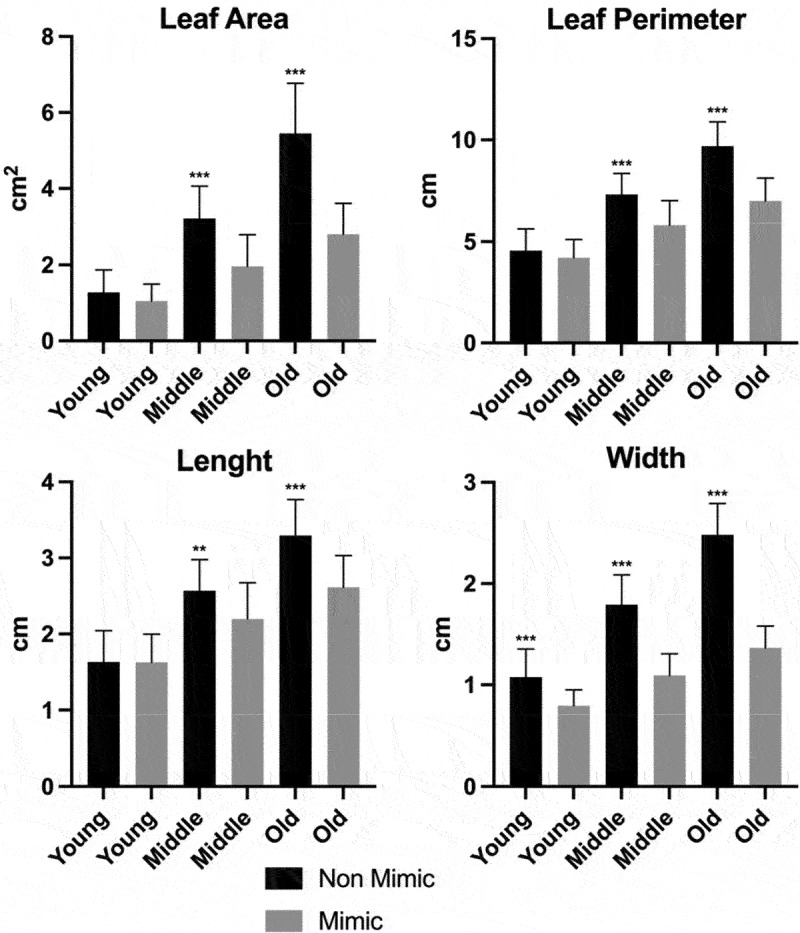
-
If you don't understand Biosemiotics, don't worry—just check out this cartoon. You likely will end up even more puzzled, but at least you'll have a laugh.
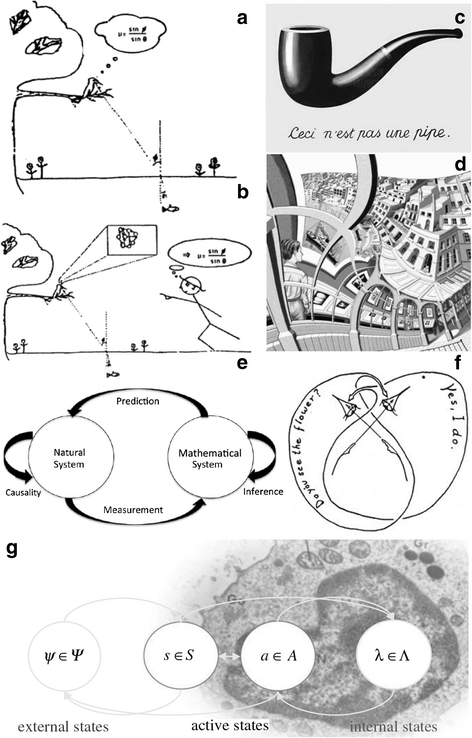
Constructivist biosemiotics foundations. a, bPunch’s cartoon that show succinctly the cognitivist third-person hypothesis and the alternative one. a In the cognitivist third-person hypothesis, to catch his prey, for the observer, the kingfisher must represent in its brain the Snell’s refraction law by information processing. b The constructivist lecture show how the significance levels can be seen arising from the underlying structural network of the kingfisher and the model of the observer. c René Magritte’s painting (1928–29) pointing out the levels of realms in cognitive relations. A painted pipe is just an approximate map of a real pipe. d M.C. Escher’s Print Gallery lithograph showing how a young man is standing inside the same print as the one he is looking at. A constructivist interpretation in first-person indicates that what is observed is an active and enactive relation of the observer, depicting the complex closed loop of embodiment relations. e Rosen’s Modeling Relation shows that the observation of natural systems, governed by causal relations, is a cognitive act reflected in the relations of measurement and prediction subject to mathematical systems of inferential rules. If the mathematical system corresponds to the causal relations, then it can be assumed as a ‘Natural Law’. f Maturana draws how nervous system, though organizationally closed, use language to loop-through the other. g Minimization of free energy by active inference and prediction error indicates one possible formal representation of cognition and autopoiesis
"The process of message exchanges, or semiosis, is an indispensable characteristic of all terrestrial life forms. It is this capacity for containing, replicating, and expressing messages, of extracting their signification, that, in fact, distinguishes them more from the nonliving - except for human agents, such as computers or robots, that can be programmed to simulate communication - than any other traits often cited. The study of the twin processes of communication and signification can be regarded as ultimately a branch of the life science, or as belonging in large part to nature, in some part to culture, which is, of course, also a part of nature." (Sebeok 1991: 22)
"The life science and the sign science thus mutually imply one another." (Sebeok 1994: 114)
"Biosemiotics proper deals with sign processes in nature in all dimensions, including (1) the emergence of semiosis in nature, which may coincide with or anticipate the emergence of living cells; (2) the natural history of signs; (3) the 'horizontal' aspects of semiosis in the ontogeny of organisms, in plant and animal communication, and in inner sign functions in the immune and nervous systems; and (4) the semiotics of cognition and language. /../ Biosemiotics can be seen as a contribution to a general theory of evolution, involving a synthesis of different disciplines. It is a branch of general semiotics, but the existence of signs in its subject matter is not necessarily presupposed, insofar as the origin of semiosis in the universe is one of the riddles to be solved." (Emmeche 1992: 78)
"A modern unification of biology /../ has to be based on the fundamentally semiotic nature of life." (Hoffmeyer 1997)
"The most pronounced feature of organic evolution is not the creation of a multiplicity of amazing morphological structures, but the general expansion of 'semiotic freedom', that is to say the increase in richness or 'depth' of meaning that can be communicated" (Hoffmeyer 1996: 61).
"The sign rather than the molecule is the basic unit for studying life." (Hoffmeyer 1995: 369)
"Sign processes penetrate the entire body of an organism. [...] Signification is the fundamental property of living systems that can be taken as a definition of life. Hence, biosemiotics can be viewed as a root of both biology and semiotics rather than a branch of semiotics." (Sharov 1998: 404-405)
"Biosemiotics can be defined as the science of signs in living systems. A principal and distinctive characteristic of semiotic biology lays in the understanding that in living, entities do not interact like mechanical bodies, but rather as messages, the pieces of text. This means that the whole determinism is of another type. /../ The phenomena of recognition, memory, categorization, mimicry, learning, communication are thus among those of interest for biosemiotic research, together with the analysis of the application of the tools and notions of semiotics (text, translation, interpretation, semiosis, types of sign, meaning) in the biological realm." (Kull 1999: 386)
"With the discovery that a set of symbols has been used by nature to encode the information for the construction and maintenance of all living things, semiotics - the analysis of languages and texts as sets of signs and symbols - has become relevant to molecular biology. Semiotics has given students of the DNA text a new eye for reading, allowing us to argue for the validity of a multiplicity of meanings, or even for the absence of any meaning, in a stretch of the human genome." (Pollack 1994: 12)
-
Dancing turtles unlock scientific discovery - Carolina researchers publish a groundbreaking study on how turtles navigate using the Earth’s magnetic field.


